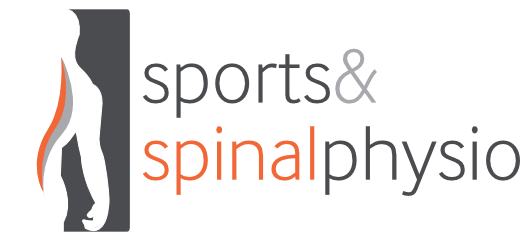News & Blog
work related back and neck pain – causes and solutions
work related back painhttp://youtu.be/4S0v85MRewM
Work Related Neck and Back Pain
1. Why is back and neck pain one of the most common work-related injuries?
- Back and neck pain is very common in humans, back pain alone costs the NHS over £4 billion a year.
- The Spine is essentially an extremely strong robust column of bone that provides the foundations for our limbs to attach to. It is strong whilst also being highly mobile. Every task we do in life has a bearing on our spine and because one third of our day is at work, what we do is likely to impact on our spines – for some more than others.
2. What are some of the major causes for this?
Modern sedentary work – Office or driving
This places the spine under sustained loads in poor alignment which over time leads to muscle, ligament, disc and joint strain and pain. The human body has evolved to be upright on two legs and be relatively active (not sedentary).
Manual workers
Repeated movement or loading, with bad technique overloads the spine
Awkward positions, repetitive movements carried out many times can cause problems such as disc prolapse and arthritis
3. As a Physiotherapist how can you step in a treat people already suffering with work related neck and back pain?
- An initial assessment to assess the individual’s problem and likely requirements.
- Treatment including: Specific exercises to improve postural alignment, muscle imbalance, movement patterns and control.
- Additional treatment may include manipulation or mobilisation of the joints and soft tissues.
- They should also undergo a work place assessment – this may be an ergonomic desk assessment or risk assessment if they have more physical job.
- Other external factors also need consideration – beds/pillows/ car seating/ sofa sitting in the evenings.
4. What should people be doing at work in order to prevent these problems?
Sedentary worker
Take ergonomics seriously ensure your desk, chair and screen is correct for you
1. Adjustable chair with arms that are set to support your elbow/shoulders.
2. Adjust desk height so its level with your chair arms – continuous level of support for forearms.
3. Centre of screen should be at eye level.
4. Use a head set for phone.
5. Use document holders to prevent you straining your neck to look at paper work.
6. Take minute break every 20 minutes or so.
Manual worker
1. Don’t lift something that is too heavy because it will save time ask for help.
2. Think about your movements: Are they repetitive and carried out under sustained or heavy loads
5. What are some of the other causes of neck and back pain that may indicate that a consultation with a Physiotherapist would be advised?
- Sports related pain – this is normally due to faulty technique or poor biomechanics.
- Inflammatory diseases such as Anklosing spondylitis or Scheuermanns disease.
- Generally speaking any person with neck or back pain should at the very least have their spine assessed by an experienced spinal physiotherapist.
